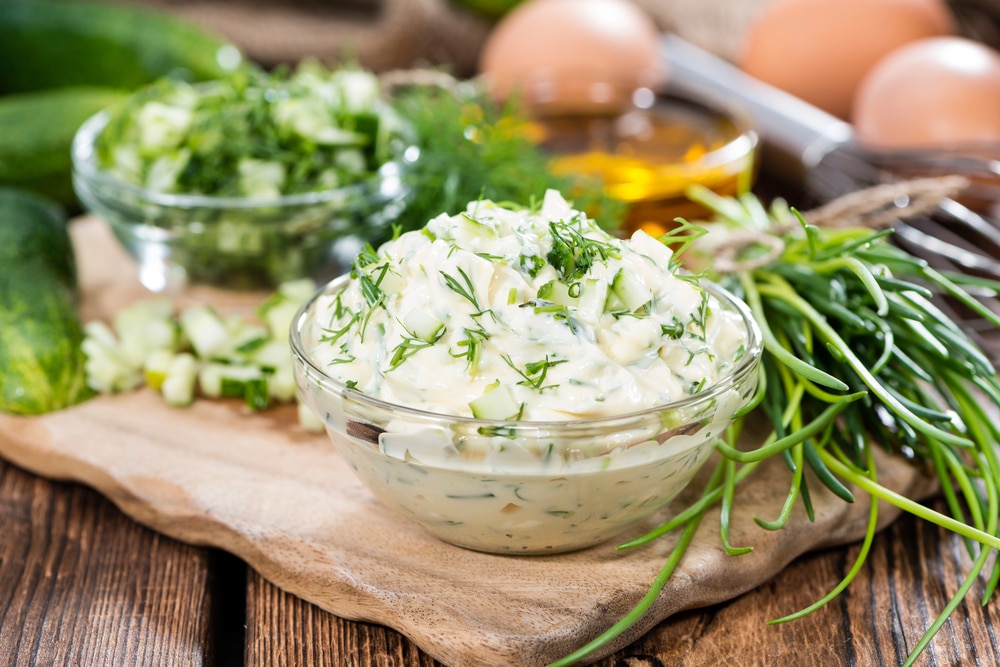Remoulade is a classic condiment that originated in France, typically made by blending mayonnaise or an aioli base with a mix of herbs, spices, and other ingredients. The original French version often includes mustard, capers, and gherkins, giving it a tangy profile. Over time, remoulade has evolved, and today, there are several variations worldwide, each featuring unique ingredients suited to local tastes and culinary practices.
One of the most popular adaptations of remoulade is the Creole-style version found in Louisiana cuisine. This type of remoulade is known for its bold flavors, usually incorporating hot sauce, paprika, and garlic. It is often reddish in color due to the use of ketchup or tomato paste and sometimes takes on a spicier kick with the addition of cayenne pepper. This version is a staple accompaniment to fried seafood, crab cakes, or po’boy sandwiches, adding a zesty complement to the dishes.
In Europe, particularly in Denmark, remoulade is lighter and more herbaceous. Danish remoulade tends to be a brighter yellow because it often includes turmeric, curry powder, and chopped pickles, creating a slightly sweeter and tangier taste. It is traditionally served with fried fish, sandwiches, or as a spread for roast beef. These regional differences show how the core idea of remoulade has been adapted to fit local food cultures.
The base of remoulade usually stays the same—a creamy emulsion that serves as a vehicle for other ingredients. This flexibility makes remoulade a staple for sandwiches, seafood, or as a dip, and it can be adjusted to suit a variety of dishes.
With its blend of creamy, tangy, and sometimes spicy elements, remoulade offers an easy way to add extra flavor without overshadowing the main dish. Its adaptability has allowed it to remain a popular condiment, even as its ingredients and uses continue to evolve across different cuisines.

